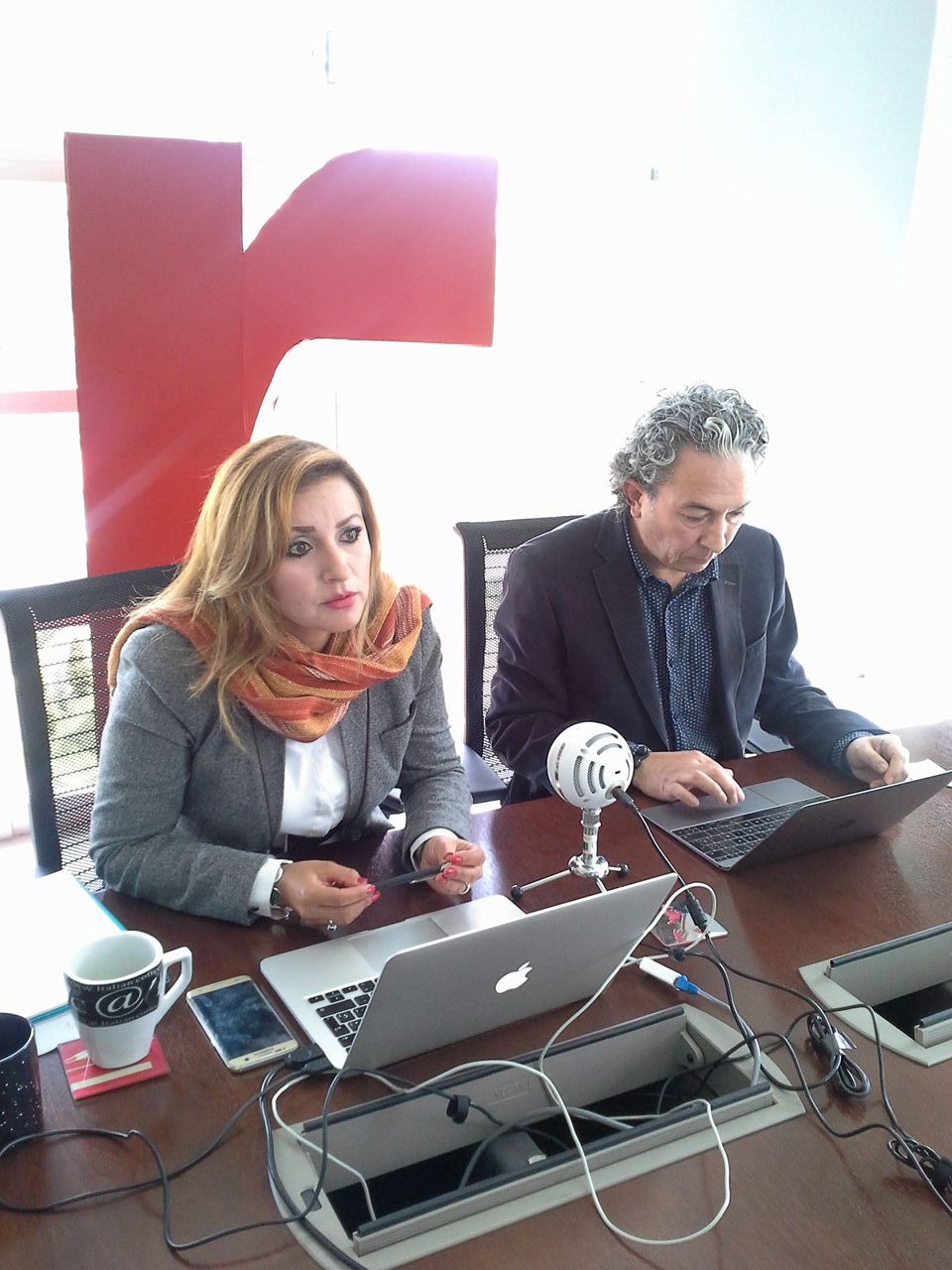
On August 10, the second session of the Certification Course: “The new electronic publishing model and Redalyc 3.0: XML JATS Tagging” was held, this was focused on explaining what is and what is not an XML JATS and detailing its advantages and disadvantages.
Said web session was attended by 670 people from 24 countries, which shows the editors’ interest in acquiring knowledge on this tool. This session was in charge of Arianna Becerril García, Director of technology and Innovation, and Salvador Chávez Ávila, Director of Documentation and Content at Redalyc. They analyzed, as an introduction, the evolution of the web and the technologies that allow scientific communication, as well as the use of intelligent data, by placing the XML in its context.
In that regard, Dr. Arianna Becerril pointed out that the main question at this moment is not whether or not to migrate to XML but how to make this migration in the fastest way and with the lowest charge, in order to recover the lost time and exploit the advantages of the XML tagging in the journals’ websites.
After that, the parts or sections that make-up the JATS standard (front, body and back) were detailed and it was pointed out that Redalyc guarantees that the XML JATS generated by its tagging system (Marcalyc) is interoperative and compatible with the JATS and JATS4R standard, and that this scientific information system seeks to eliminate the barriers so that the files in which the scientific content of the journals is preserved can be reused by other platforms.
Finally, questions were asked by the participants about topics such as the standardization percentage of Scielo and Redalyc tagging tools, limits on the creation of tags, the reuse of files used by other platforms, the tagging of mathematical equations and the visualization forms on OJS were answered.

Leave a Reply